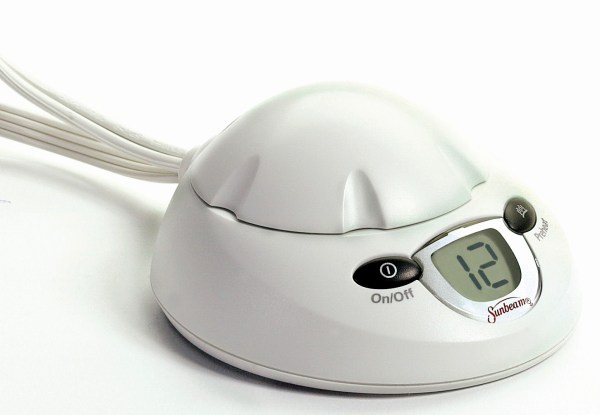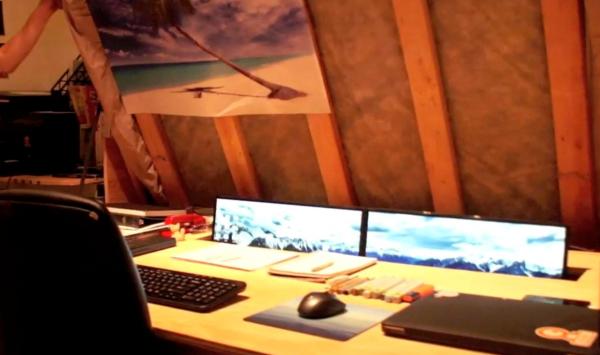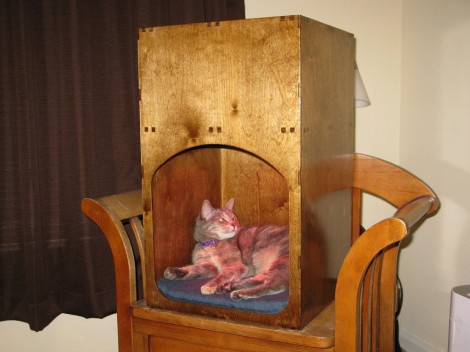Home automation seems to be working its way to a computer-controlled future in which humans will be little more than an afterthought. Eventually they will take over Skynet-style, but until then, we will enjoy the relative comfort that a good home automation project provides. The latest from [Clement] certainly goes a long way towards this goal by automating his bed (Google Translate from French).
With four load cells and a microcontroller, [Clement]’s bed can tell whether or not he is sleeping. After taking a weight reading, the bed can send commands to the rest of his home automation system and tell it to turn off his stereo and turn the lights off in the house (or change them to a different color). And it doesn’t stop with just going to bed, but when he wakes up as well. The system can begin turning on lights, starting the coffee machine, and opening the blinds without any interaction from him at all.
This project goes well beyond simple home automation. With a little configuration and extrapolation, [Clement] can tell where in the bed he slept at night, what stages of sleep he was in at specific times, and the overall quality of his sleep. This could go a long way for someone who has a hard time sleeping and needs a little more information on how to correct the problem.
While we’ve seen various takes on tying a bed into one’s home automation system, this one goes above and beyond with the amount of data collected. You could even go one step further and have it turn on some Barry White if the normal weight in the bed suddenly doubles, for whatever reason. Maybe that will be a feature in Version 2.

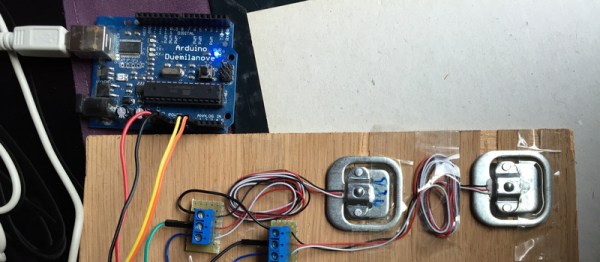

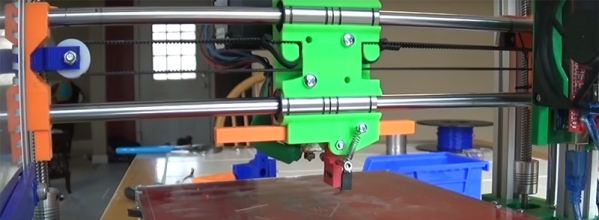

 So you have a credit card sized Linux computer and a small, old LCD panel. If it doesn’t have HDMI, VGA or composite input, there’s probably no way of getting this display working, right? Nope.
So you have a credit card sized Linux computer and a small, old LCD panel. If it doesn’t have HDMI, VGA or composite input, there’s probably no way of getting this display working, right? Nope. 

